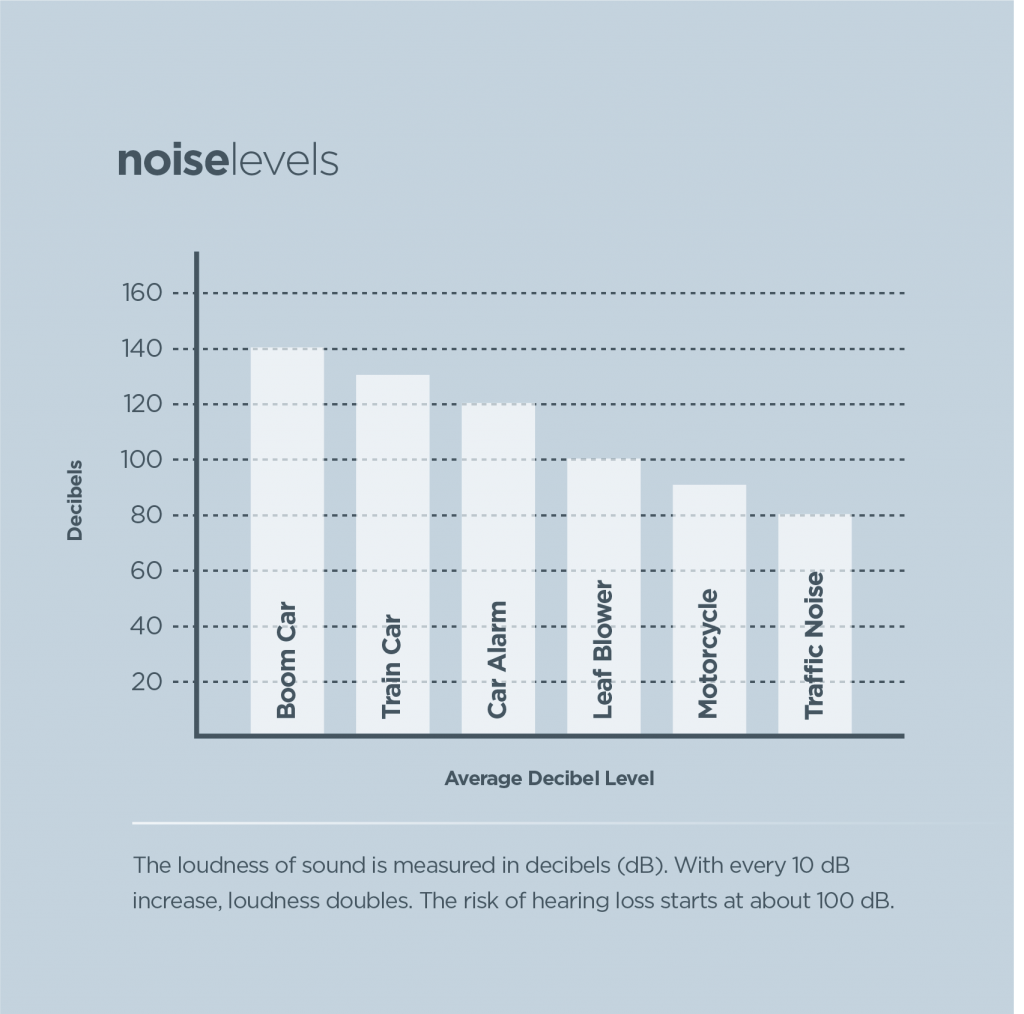The Most Effective Stress Washing Techniques For Every Surface Area
The Most Effective Stress Washing Techniques For Every Surface Area
Blog Article
Short Article Author-Vazquez Nixon
When it comes to push cleaning, the technique you pick can make all the difference in accomplishing a clean, streak-free coating. You could find that difficult surface areas, like concrete, call for a different technique than softer materials, such as wood or plastic. It's essential to adapt your methods to the surface area type to prevent damage while making best use of cleaning effectiveness. So, what are the most effective techniques for each and every surface, and how can you guarantee you're using the right setups and tools for the work? Let's explore what you need to understand to get the very best outcomes.
Tough Surface areas
When it involves press washing difficult surface areas, prep work is crucial. Before you also consider taking out the pressure washing machine, take the time to clear the area of any debris, furniture, or challenges. wfp window cleaning do not desire anything entering your way or possibly harmful your devices.
Next off, check the surface area for any kind of cracks or damage; this will help you determine the right approach and stress setups.
As soon as you have actually prepared the location, it's necessary to choose the appropriate nozzle. For difficult surface areas like concrete or brick, a narrow nozzle (15 or 25 levels) works best to offer a concentrated stream of water that can successfully remove crud and discolorations. Constantly begin at a distance and slowly relocate more detailed to prevent any kind of surface damages.
As you begin cleaning, keep the stick moving to protect against touches and over-saturation. It's also useful to work from the top down, allowing dirt and debris to get rid of naturally.
Lastly, bear in mind to rinse the surface area extensively after cleaning up to eliminate any leftover cleaning agent. With these methods, you'll accomplish a clean and refreshed appearance on all your hard surface areas.
Soft Surfaces
Stress washing soft surface areas needs a gentler strategy to secure them from damages. Whether you're cleaning your deck, patio furniture, or house siding, using too much stress can lead to damages, scrapes, and even permanent injury.
Beginning by picking a low-pressure nozzle, ideally a 25-degree or bigger spray pattern, to disperse the water more carefully.
Prior to you start, it's critical to pre-treat any discolorations with an appropriate cleansing option. This step permits the cleaner to permeate the dust and gunk, making it less complicated to remove without rubbing also hard.
Always apply the service from the bottom approximately protect against streaking.
When you begin pressure cleaning, keep a distance of a minimum of 12 to 18 inches from the surface. Move your stick in a sweeping movement, keeping it alongside the surface to avoid concentrated stress on one area.
Rinse the location thoroughly after cleaning to get rid of any type of recurring cleaner.
Last but not least, check the surface for any type of missed out on places and duplicate the procedure if necessary. By complying with these steps, you can effectively clean soft surfaces while preserving their stability and look.
Specialized Surfaces
Cleaning soft surface areas requires treatment, however specialized surfaces require much more interest to detail. When you deal with these surfaces, like delicate timber, tarnished concrete, or specific types of siding, utilizing the ideal pressure cleaning methods is critical to avoid damages.
First, evaluate the material. As an example, dealt with wood can frequently stand up to modest stress, however softer timbers like cedar may call for a lower setting. Constantly start with the lowest pressure and progressively boost if required.
For stained concrete, make use of a fan spray nozzle and keep a constant range to avoid etching the surface area.
When dealing with surface areas like plastic house siding or repainted surfaces, a large spray pattern helps disperse the stress evenly, safeguarding the finish.
It's additionally important to use detergents particularly designed for specialty surfaces. They can enhance cleaning without compromising the product.
Wash thoroughly after washing to eliminate any kind of deposit, as it can result in staining or deterioration over time.
Verdict
In conclusion, grasping pressure cleaning techniques for different surface areas can make all the difference in your cleaning outcomes. For tough surface areas, adhere to narrow nozzles and a top-to-bottom technique, while soft surface areas need a gentler touch with wider nozzles. Do not fail to remember to pre-treat spots and rinse extensively to prevent deposit. By adapting https://hospitalcleanerscompany97532.blogunok.com/32763963/avoid-pricey-repairs-the-case-for-routine-gutter-cleaning to each material, you'll not just attain a cleaner finish however additionally shield the honesty of your surfaces. Satisfied cleansing!
